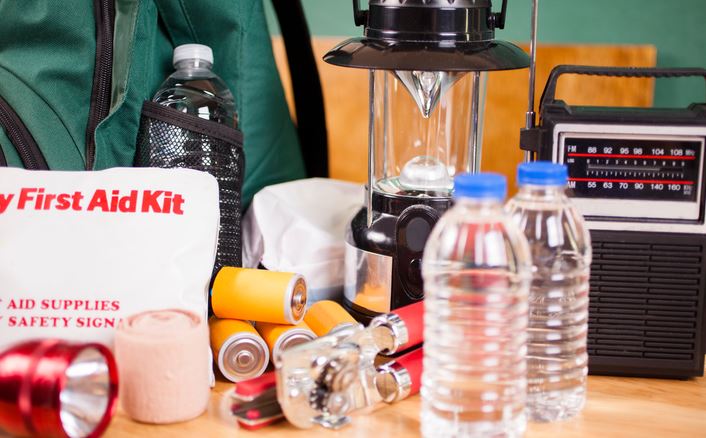
No one wants to think about a worst-case scenario but without appropriate preparedness planning, your next emergency could truly turn into a disaster. To help reduce the impact of emergencies, it is critical to prepare today with real world emergency response plans designed to help mitigate the outcome of any disaster.
A safety-first, emergency response focused approach to security requires the creation of a site specific emergency preparedness plan. This should include training for the security team covering all contingencies. At the start of the program, a Job Task Analysis (JTA) needs to be completed across all operations. This must be a joint effort between management and the security officers in which job activities are divided into individual steps to identify and train for potential emergencies. After the initial JTA is completed it should be reviewed and updated regularly to reflect any changes at the facility.
Ongoing training is an important part of emergency response planning. The team should determine the frequency and duration of training, the format and topics with scheduled drills and testing. FEMA’s Threat and Hazard Identification and Risk Assessment Guide provides guidance for conducting a Threat and Hazard Identification and Risk Assessment (THIRA).
Establishing a comprehensive emergency planning program necessitates a commitment to relevant and continual response training to elevate awareness, and implement action plans that reduce risk and enhance a facility’s overall safety and security.
Equally important to emergency preparedness planning is communication. For a truly coordinated effort there must be communications among all factions including management, employees, contractors, internal emergency responders, the fire department and law enforcement. By planning ahead and building these relationships, your organization will be positioned for seamless communications and effective emergency response.
While the unthinkable is easy to ignore, we all know it can and will occur. The heart and soul of your emergency response system can be forged by developing relationships with key stakeholders, providing quality training, and conducting drills and exercises to build capacity for managing local incidents.
Learn more in our on-demand webinar: Disaster Planning and Your Security Team
 About the Author
About the Author
Adam Serna is Director, Chemical/Petrochemical/Utilities for Allied Universal.























